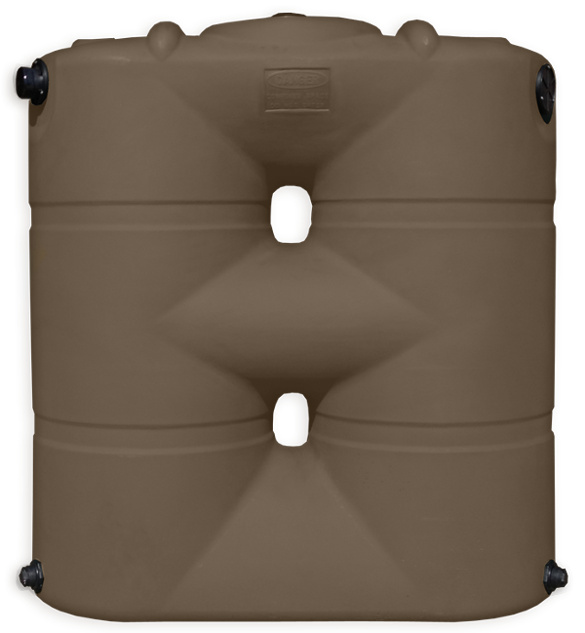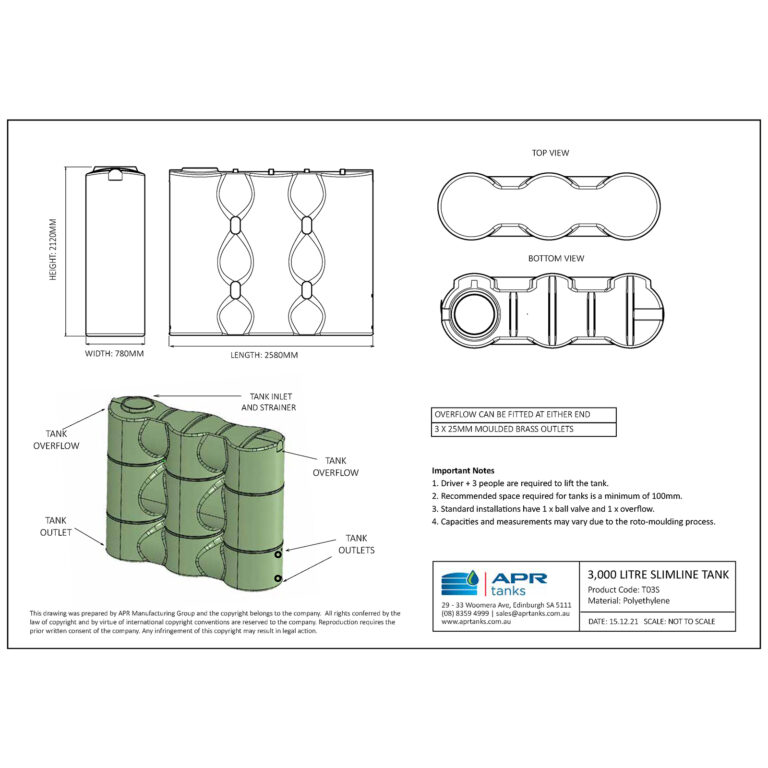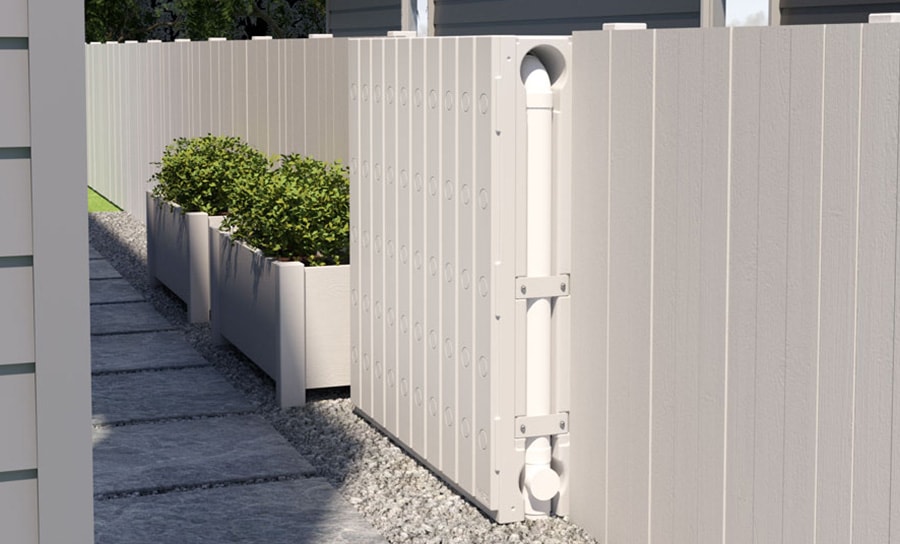Slimline Water Tanks: Space-Saving Solutions for Little Residences
Slimline Water Tanks: Space-Saving Solutions for Little Residences
Blog Article
Introducing the Benefits of Rainwater Storage Tanks in Minimizing Water Costs and Environmental Effect
In a world where sustainability and cost-efficiency are significantly vital, the usage of rainwater storage tanks provides a sensible and environmentally conscious solution. The advantages of including rain containers right into residential or commercial buildings prolong past mere water expense decreases. By discovering the multifaceted benefits of such systems, one can discover a wealth of understandings into how they contribute to a more sustainable future while positively impacting both finances and the environment.
Price Financial Savings Via Rain Containers
When taking into consideration the application of rainwater storage tanks, significant cost financial savings can be attained via effective water administration practices. Rainwater collecting uses a lasting service that not only reduces water costs however likewise minimizes the strain on metropolitan water sources. By catching and storing rain for different non-potable uses such as watering, bathroom flushing, and laundry, houses and organizations can dramatically reduce their reliance on cured water from the grid, causing substantial price financial savings in time.
Among the main cost-saving benefits of rain storage tanks is the decrease in water utility bills. By making use of harvested rain for tasks that do not need potable water, such as sprinkling gardens or cleaning cars and trucks, individuals can decrease their overall water intake from the mains supply, causing reduced water costs. Furthermore, rainwater storage tanks can help alleviate the impact of water limitations or dry spells by supplying an alternative water source for essential tasks, ensuring continuity in water without incurring too much costs. Generally, purchasing rainwater containers can bring about lasting monetary cost savings while advertising water conservation and sustainability.

Ecological Effect Reduction
Implementing rain containers not only results in price financial savings however also adds substantially to minimizing the environmental influence connected with water usage. By capturing rain that would or else run into tornado drains, rain storage tanks help alleviate stress on conventional water resources like rivers and tanks. This reduced need for municipally treated water brings about energy financial savings and a reduction in the carbon footprint connected with water treatment and circulation processes.
In addition, utilizing rain for activities such as horticulture, irrigation, and cleaning reduces the demand for using cured water for non-potable purposes. This preservation of drinkable water assists in maintaining water resources for crucial uses and minimizes the energy-intensive processes included in treating water to satisfy drinking criteria.

Water Expense Reduction Benefits
The installment of rain storage tanks offers significant economic advantages through decreases in water expenses. By collecting and saving rainwater for various house utilizes, such as watering yards, flushing toilets, or doing washing, property owners can significantly lower their reliance on the municipal water. This, consequently, leads to a recognizable decrease in water usage from traditional resources, resulting in reduced water bills at the end of each payment cycle.
Rainwater is a complimentary and lasting resource that can supplement and even change the need for utilizing cured water for non-potable purposes. As a result, families with rain tanks can see a significant look at this now reduction in their total water expenses in time. In addition, throughout periods of water restrictions or drought, having a rain container can provide an important alternate water resource, more reducing the reliance on expensive community water materials.
Fundamentally, purchasing a rainwater storage tank not just adds to ecological preservation but also provides substantial financial advantages by reducing water costs and advertising lasting cost savings for homeowners.
Lasting Water Administration Solutions
Given the monetary advantages and lowered dependence on metropolitan water products that rainwater containers supply, checking out sustainable water administration services becomes a logical next step for property owners wanting to optimize their water use. Lasting water administration includes executing practices that successfully and sensibly utilize water resources while minimizing wastefulness and ecological effect. Rainwater harvesting, which entails gathering and keeping rain for later usage, is an essential component of lasting water administration. By utilizing rain containers to catch and store rain, property owners can reduce their dependancy on standard water sources, such as metropolitan materials or groundwater, thus adding to water conservation initiatives.

In addition to rainwater harvesting, sustainable water administration solutions may include implementing water-efficient appliances, fixtures, and landscaping methods - Slimline water tanks. Mounting low-flow toilets, showerheads, and taps can significantly reduce water consumption within homes. Additionally, integrating drought-resistant plants and using clever watering systems can help lessen water usage for outdoor landscaping. By taking on these lasting water monitoring methods, house owners can not just enhance their water usage but also add to ecological preservation and decrease their water bills in the future.
Community Water Source Conservation

Furthermore, neighborhood involvement can include the implementation of check this water-saving technologies and practices on a bigger scale. Motivating the adoption of rainwater tanks, greywater recycling systems, and efficient watering approaches within communities can cause significant reductions in water intake. Furthermore, promoting a feeling of collective duty for water preservation can advertise sustainable behaviors and techniques amongst neighborhood members.
Furthermore, area water source conservation initiatives can lead the method for stronger bonds amongst locals and a shared dedication to environmental stewardship. By working with each other to secure and preserve water resources, neighborhoods can contribute dramatically to a much more sustainable and resistant future.
Final Thought
To conclude, rain storage tanks offer considerable cost financial savings, environmental advantages, and contribute to lasting water administration solutions. By lowering water bills, preserving water resources, and decreasing environmental impact, rain tanks play a crucial function in promoting this hyperlink water preservation and sustainability - Slimline water tanks. Their implementation not only advantages private houses however also adds to the broader goal of area water resource monitoring and conservation
Report this page